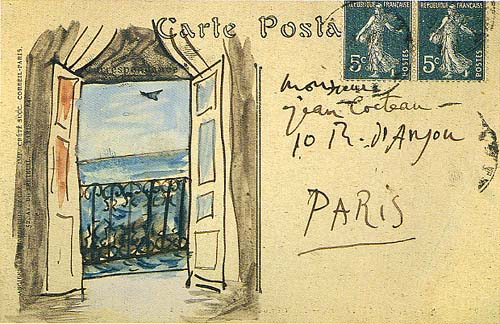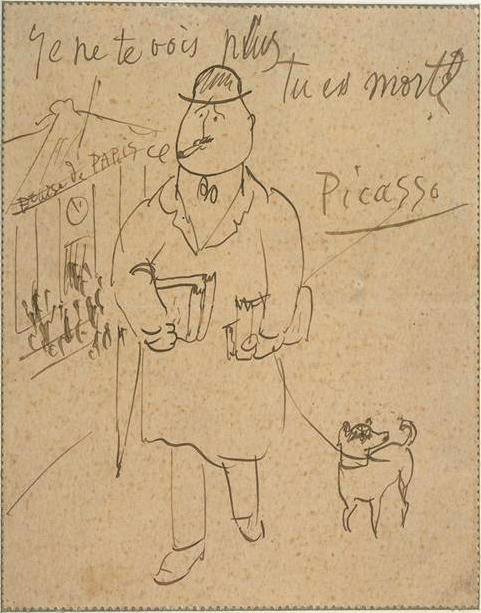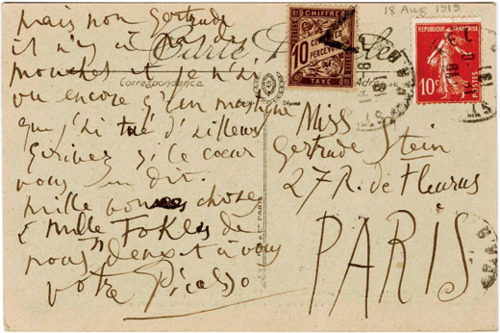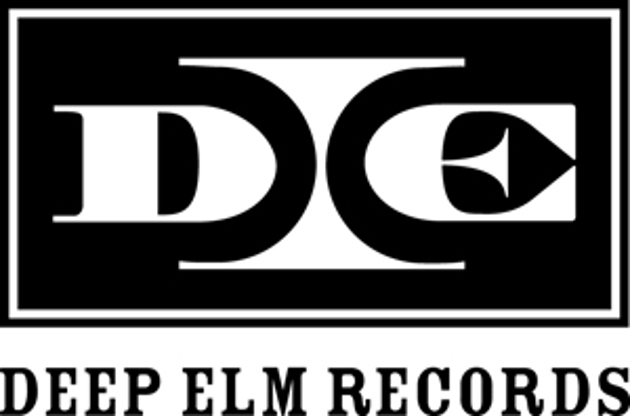A Criterion Collection list of Roger Ebert’s 141 “Great Movies” includes only two films noir—The Third Man and The Killing—yet the late great critic had quite a lot to say about the genre. In an interview with radio show To the Best of Our Knowledge, for example, Ebert described noir films as teaching their characters a lesson: “that they’re weaker than they thought they were and they’re capable of evil that they didn’t think they could commit.” His deeply philosophical discussion will draw you into the nihilistic abyss at the heart of noir. And yet many of his reviews of such films comment as much on surfaces as depths. For all their psychological brutality, noir films were nothing if not stylish.
Ebert’s enthusiastic review of 2005 neo-noir Sin City, for example, calls it a movie “not about narrative but about style… a comic book brought to life and pumped with steroids.” Ten years earlier, he wrote on the noir explosion of the mid-90s: “Not since its heyday (roughly from 1940 to 1955) has film noir been more popular than it is right now.” Ebert’s examples are such hyper-stylized films as Pulp Fiction, Exotica, Seven, and even Batman Forever, all of which gesture toward classical noir locations and costuming fetishes. And in our post yesterday on 25 timeless noir films, we quoted from another 1995 Ebert piece. This time he writes on classic noir characteristics, and brings together much of his thinking on the grim themes and louche stylistic mannerisms of the genre. Below, we have Ebert’s ten essential comments, slightly abridged, on what “Film noir is…”
1. A French term meaning “black film,” or film of the night.
2. A movie which at no time misleads you into thinking there is going to be a happy ending.
3. Locations that reek of the night, of shadows, of alleys, of the back doors of fancy places, of apartment buildings with a high turnover rate, of taxi drivers and bartenders who have seen it all.
4. Cigarettes. Everybody in film noir is always smoking, as if to say, “On top of everything else, I’ve been assigned to get through three packs today.”
5. Women who would just as soon kill you as love you, and vice versa.
6. For women: low necklines, floppy hats, mascara, lipstick, dressing rooms, boudoirs… high heels, red dresses, elbow length gloves, mixing drinks […]
7. For men: fedoras, suits and ties, shabby residential hotels with a neon sign blinking through the window, buying yourself a drink out of the office bottle, cars with running boards, all-night diners […]
8. Movies either shot in black and white, or feeling like they were.
9. Relationships in which love is only the final flop card in the poker game of death.
10. The most American film genre, because no society could have created a world so filled with doom, fate, fear and betrayal, unless it were essentially naive and optimistic.
Be sure to see Ebert’s full piece here. Ebert loved all things noir, including comic book films like Sin City and Batman Begins. One of his favorite neo-noirs was Leaving Las Vegas (perhaps in part due to his own acknowledged alcoholism). But as he avers in his radio interview and in book The Great Movies, perhaps his favorite classic noir film was Detour, “a movie so filled with imperfections that it would not earn the director a passing grade in film school.” All the same, he writes, the film “lives on, haunting and creepy, an embodiment of the guilty soul of film noir.” Watch Edgar G. Ulmer’s “ham-handed” yet unforgettable 1945 Detour above and learn more about the film in this previous post from Colin Marshall.
Related Content:
25 Noir Films That Will Stand the Test of Time: A List by “Noirchaelogist” Eddie Muller
The Third Man: Film Noir Classic on YouTube
Roger Ebert Talks Movingly About Losing and Re-Finding His Voice (TED 2011)
The Two Roger Eberts: Emphatic Critic on TV; Incisive Reviewer in Print
Josh Jones is a writer and musician based in Durham, NC. Follow him at @jdmagness





